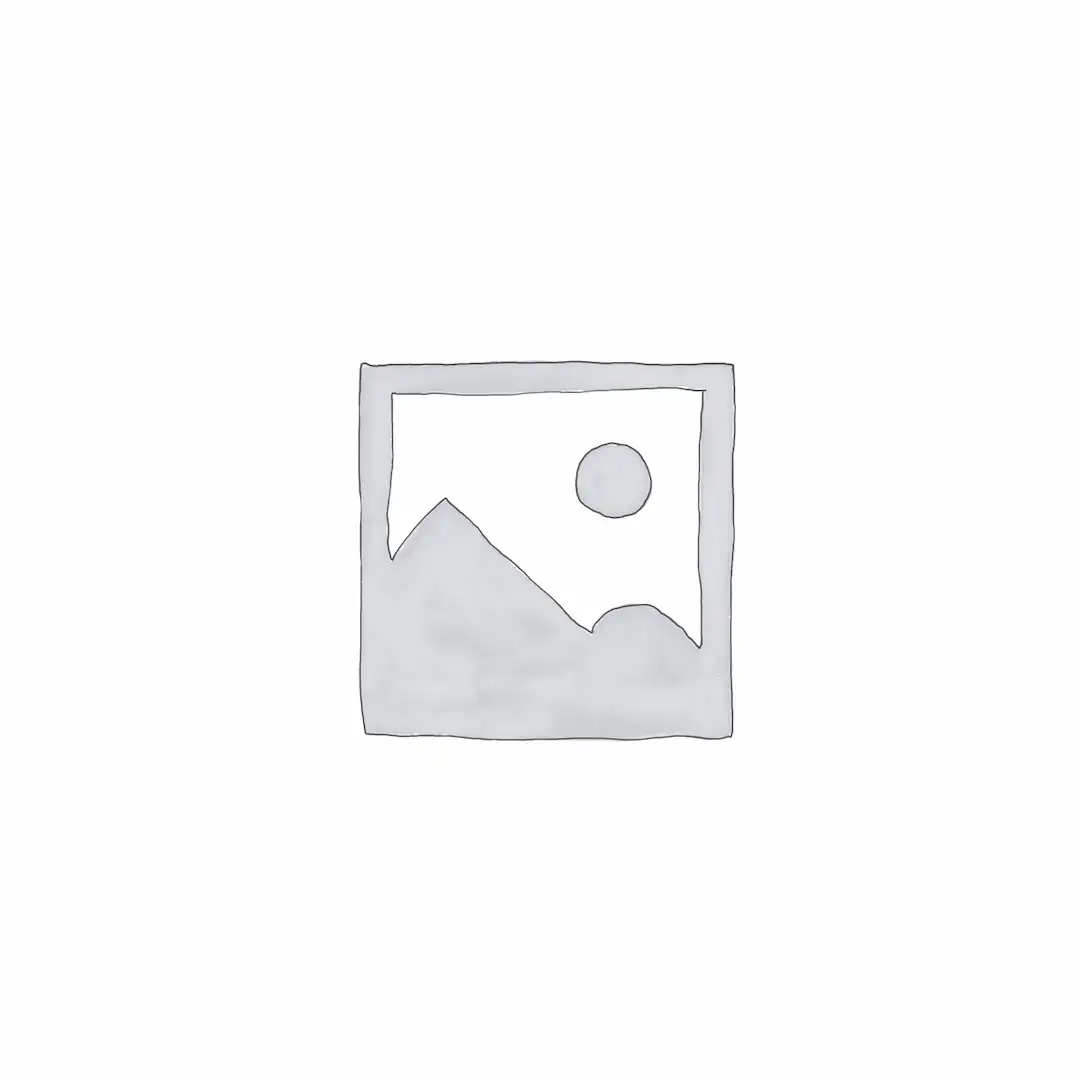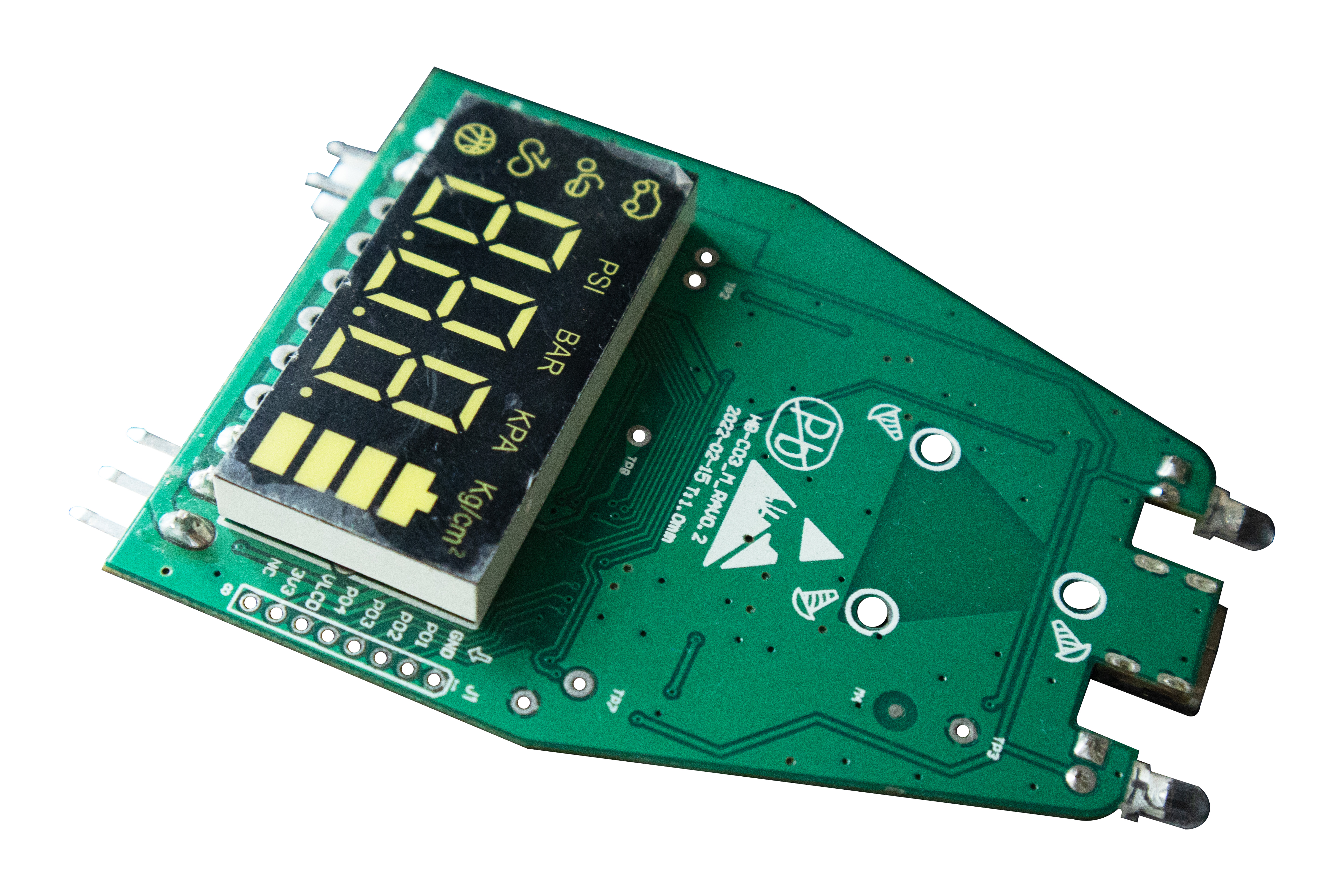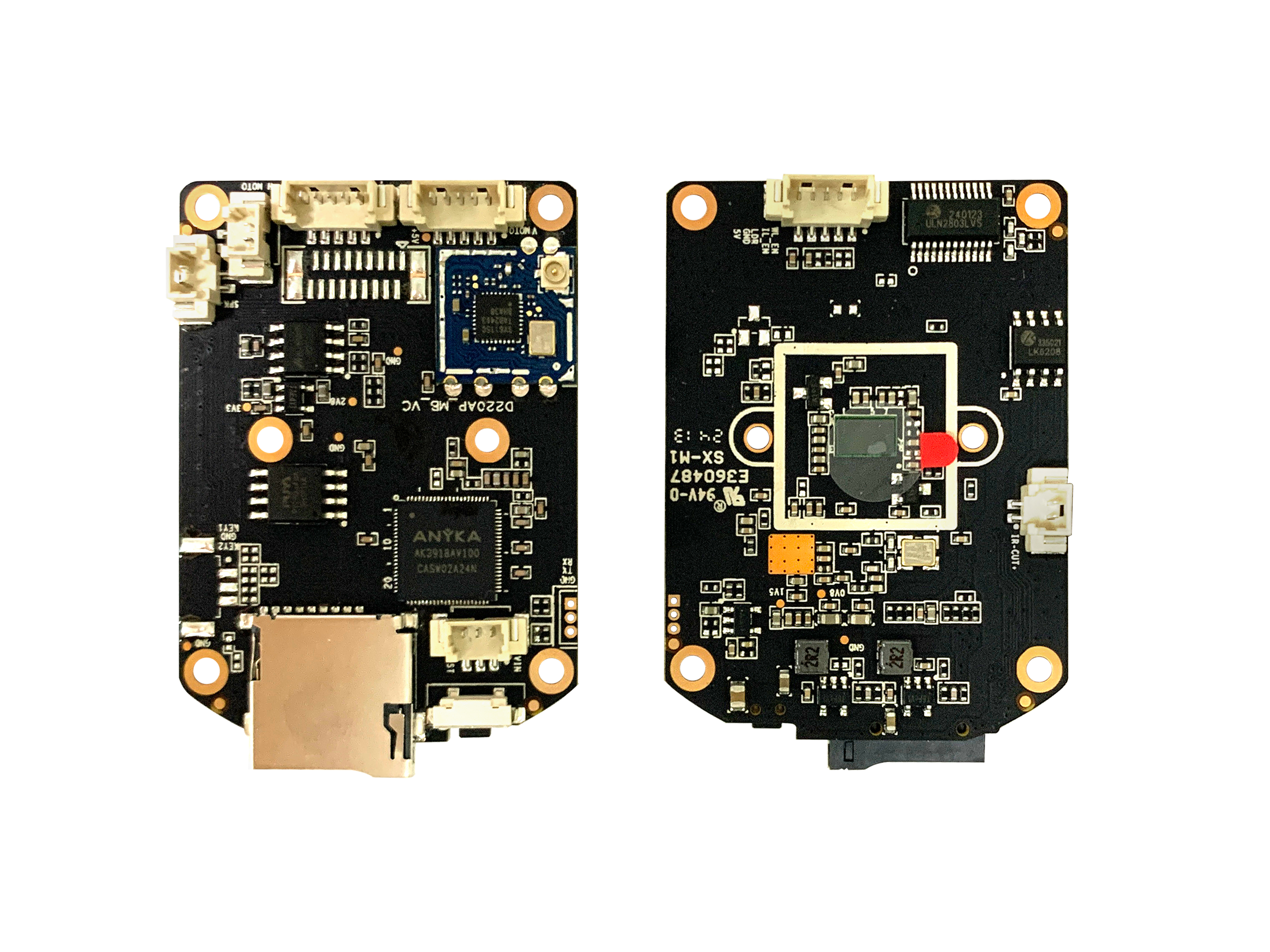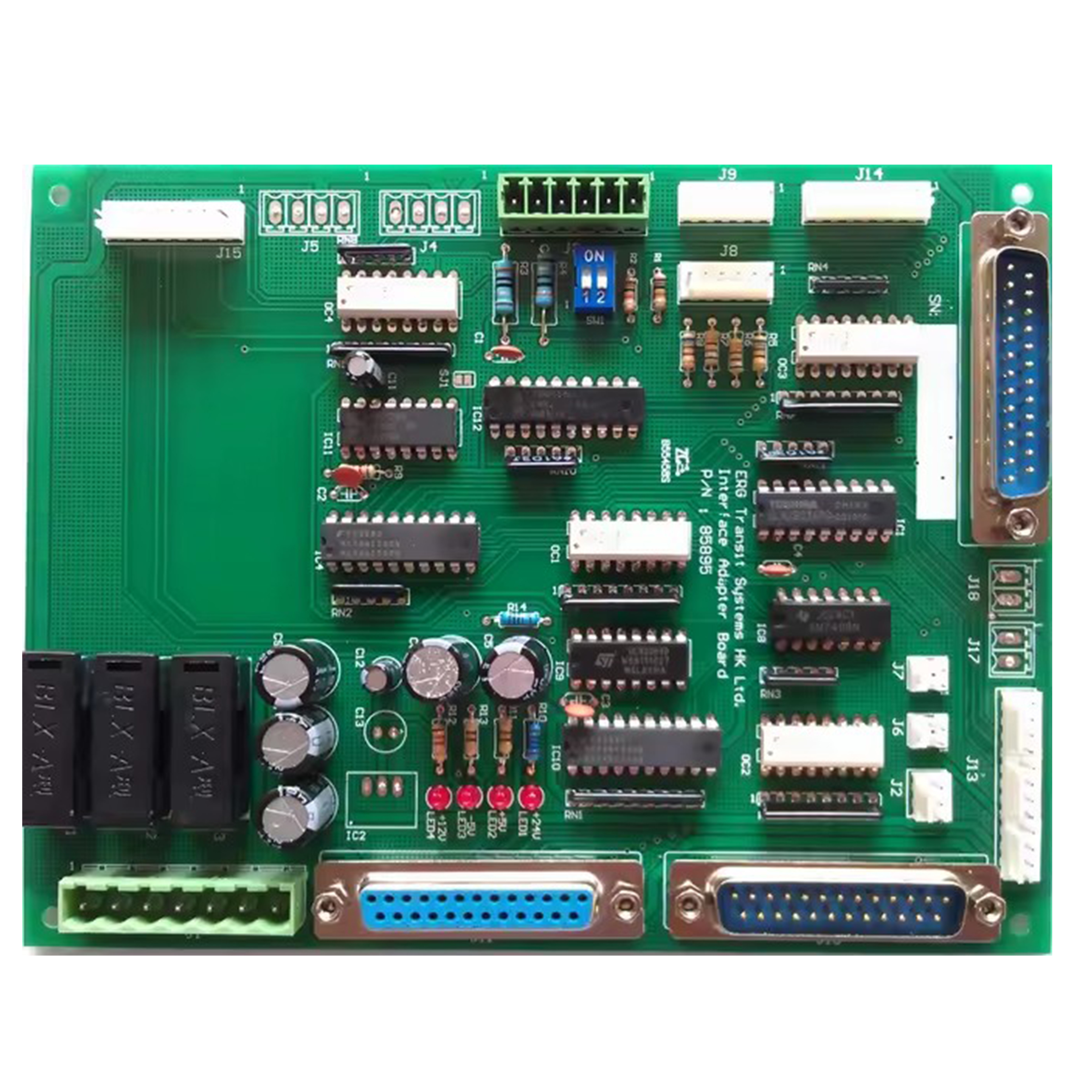In today’s rapidly evolving technological landscape, the importance of reliability and performance in electronic projects cannot be overstated. This is where our Microprocessor Development Board, equipped with advanced **pcba assembly**, excels as an innovative module that caters to the intricate needs of tech enthusiasts and professionals alike.
At the core of the **Microprocessor Development Board** is the **pcba manufacturing** process, which ensures exceptional quality and precision. The board's impeccably designed dual-faced architecture demonstrates the meticulous attention to detail that sets it apart. On the front side, you'll find the central processing unit strategically placed for optimal data conduction, characterized by its square configuration with clearly defined solder points. This layout is crucial for stability and peak performance in complex computations.
The PCBA assembly on this board is further enhanced by integrated power and connectivity ports, located at the upper edge for hassle-free integration with a variety of adapters and cables. This setup is essential for maintaining seamless interface operations and consistent power supply. Additionally, the board includes integrated circuit clusters that effectively amplify signal transmission. These clusters play a pivotal role in executing operational commands efficiently, thus streamlining the overall functionality.
Equally impressive is the board’s reverse side, which boasts a robust memory module with an embedded memory slot capable of supporting SD cards. This feature significantly boosts the data transfer and storage capacity, emphasizing the board’s capability to handle high-speed data retrieval seamlessly. An advanced audio/visual port is also present, designed specifically for multimedia synchronization, ready to take on complex persona interactions as required. The strategic placement of copper mounting points significantly reduces vibration wear, further enhancing the board’s durability and sustainability.
The sophistication doesn’t end with its technical capabilities; it’s enhanced by comprehensive labeling that includes directional markers. This thoughtful design element aids in simplifying installation, making the board accessible to users with various levels of experience. This consideration of user-friendliness underscores our commitment to offering products that don’t just meet technical specifications but also align with the practical needs of users.
Ultimately, our Microprocessor Development Board represents the future of printed circuit board assembly. It combines agile minimalist design with maximized efficiency, providing a versatile platform for innovators in personal computing and smart technology. Whether you are a seasoned professional or a passionate hobbyist, our board offers the performance and reliability you need to turn your electronic project ideas into a reality. As technology continues to advance, we hold steadfast in our mission to pave the way for the next generation of electronic innovation through excellence in **pcba assembly**.

People who viewed this also viewed
1.Introduction to PCBA Manufacturing 2.Overview of Printed Circuit Board Assembly 3.Role of PCBA Services in Electronics Market 4.Advancements Shaping PCBA Manufacturing 5.Innovations in Products Utilizing PCBA 6.Future Outlook of PCBA in Electronic Industry 7.Conclusion on PCBA's Technological Impact
1.Introduction to PCBA Assembly 2.Core Features of the Microprocessor Development Board 3.Front Facing Components and Their Functions 4.Reverse Side Capabilities 5.Advanced Technical Specifications 6.User Accessibility and Installation Guides 7.Future of Printed Circuit Board Assembly 8.Conclusion: PCBA Assembly Excellence in Tech
1. Introduction to PCBA Manufacturing 2. Advancements in Technology and Design 3. The Role of Anyka AK3918 Processor 4. Connectivity and Customization Options 5. Importance of the SD Card Slot 6. Efficiency in Design for Reliability 7. Conclusion: Embracing PCBA for Innovation
1.Introduction to PCBA Manufacturing 2.Importance of Precision in Electronics 3.Stepper Motor Driver Board Overview 4.Role of Printed Circuit Board Assembly 5.Connectivity Features 6.Visual Feedback with LED Indicators 7.Power Regulation and Signal Filtering 8.Thermal Efficiency and Design 9.Applications in CNC and Automation 10.Conclusion: Future of Industrial Automation











